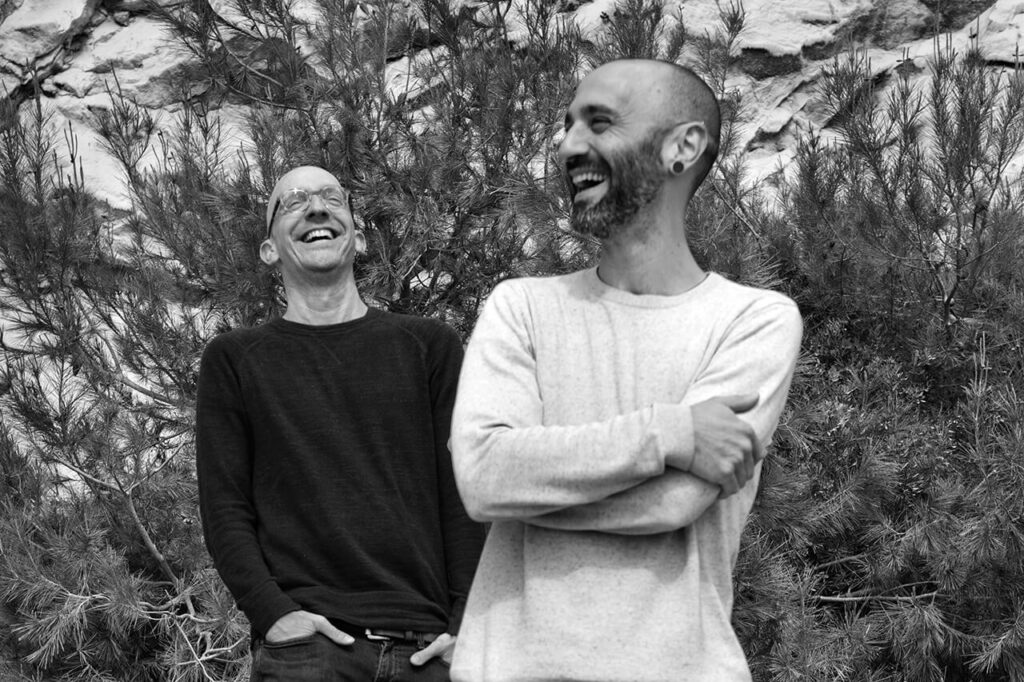(Second part of the article with the same name. Click here to read the first part)
Designers, strategists, product creators, engineers, advertisers and digital designers, but also marketing, communication and management teams must adopt knowledge and validation systems that allow us to work more effectively. In order to avoid unpleasant surprises, to be able to move forward with real arguments and achieve a greater impact on the different messages and products we develop. And all this is not achieved with a simple survey of one. It is therefore necessary to think about how to gain more knowledge about what you are working on. This may require more time, but it will also allow us to better face the challenge once we have the most relevant information. Information that, managed at the right time, can represent a great benefit, an economic saving, a reduction in errors and an optimisation of the time invested with the usefulness of being useful for a small campaign as well as for the creation of a brand, a digital product or a commercial strategy, among other actions.
A technique for each phase
Let’s build a technique for every challenge. It is not necessary to invest large amounts of money; we just need to adapt to the scale of each project. Let’s turn these processes into a game if necessary, making the gathering of information more natural and productive. To do this, we can devise dynamics based on techniques already known from various forms (typeform, google forms, personal surveys), card games (Brand Deck, The Values Deck or Triggers among others), exercises more typical of design thinking (canvas, user journeys, what if, roleplay,…) and research and prototyping (user test, wireframing, invision, mini sites…) among others. We can also adapt any of the aforementioned dynamics to our convenience and create our own tools according to our own resources, experience, challenges and objectives.
Technology can be of great help to us thanks to a multitude of existing applications such as Mural, Miro, Slack, Figma, etc., but let’s not forget that face-to-face and face-to-face workshops are very useful because a group of people can physically share the same space. In this way, the involvement and concentration of all the members of the group will allow them to play with their emotions and their reactions will be more spontaneous. If we also incorporate different profiles in these workshops, the results will be more complete. Creativity in the knowledge phase is as relevant as in the conceptualisation phase of the proposal. After all, the objective is to provide a solution to a specific problem. If we do not know how to define the problem correctly from all possible points of view, this can lead to failure.
If as a matter of principle we would not consider an electoral survey valid if only one subject was consulted, why do we sometimes allow ourselves to be influenced by the opinion of those closest to us or even, sometimes, decide not to ask anyone at all?
In order to develop each of the phases effectively, there is the figure of the facilitator (or facilitator in research terms), who adopts a very relevant profile to guarantee the effectiveness of the whole process. These are profiles of a strategic nature who know how to get the best out of each person through the selection of dynamics designed with the aim of helping to open minds and make valuable information flow. But at the same time, they are creative profiles that allow not only to draw up an original strategy but also to guide and set the guidelines for a more effective conceptualisation phase. These creative profiles connect strategy with design, always focusing on the tools of creativity in order to build a coherent proposal that, in turn, solves the problem in an interesting way from the perspective of the user and his or her reality. It helps during the product and service development process not to divert the focus towards irrelevant aspects or only based on personal experiences in what we call “surveys of one”.
Therefore, knowing how to extract the relevant results, knowing how to discern the information of value for the project, knowing how to interpret tests, forms and dynamic data will be key to prepare a document with effective results for the following phases of creation. Conclusions that, once shared with the whole team involved in the project, will be very useful. In no case should the fact that the working team is small be considered an excuse. However, a good investment in knowledge is absolutely essential in order to be able to work with certainty. A selection of profiles that allow us to combine strategic, analytical and, above all, creative doses in order to make intelligent use of the data and translate them into effective and coherent proposals.
We must learn to ask more questions. The more we ask, the more knowledge we will obtain and, consequently, the better we will create. We will work more effectively and with better results. Let us not limit ourselves exclusively to personal perceptions. Nor should we disregard them, but let’s look for specific data and create on the basis of arguments. Let us objectively validate whether these perceptions are wrong and provide the arguments that can support them. Let us always base ourselves on valuable information. Do not ask just one person, but always look for a broad, representative, realistic and reasonable sample. Let’s work consciously, with real intention and not on the basis of a simple “check”. Let’s take these results as part of the immersion process and also as part of the creation process.
Oriol Armengou




